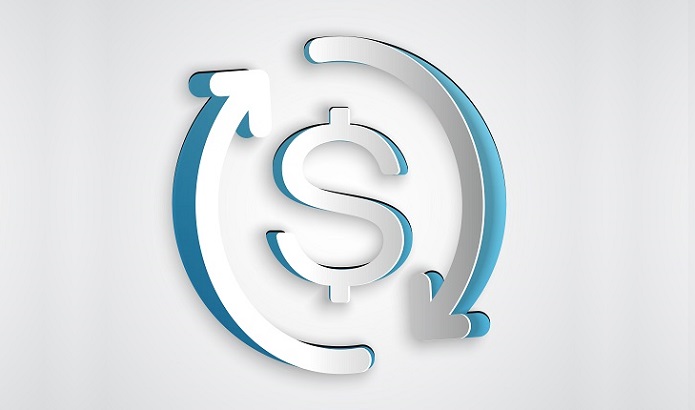Clearing Rallies and Crashes (Buckle Up)
Presently, we continue to observe extreme valuations, coupled with ragged and divergent market internals. Yet we also observe very compressed short-term market action that has historically been permissive of “fast, furious” clearing rallies to relieve that compression. We are not “bullish” from a full-cycle perspective, and we continue to view safety nets as essential, but this compression does encourage us to have a more “two-sided” view about very near-term volatility.










